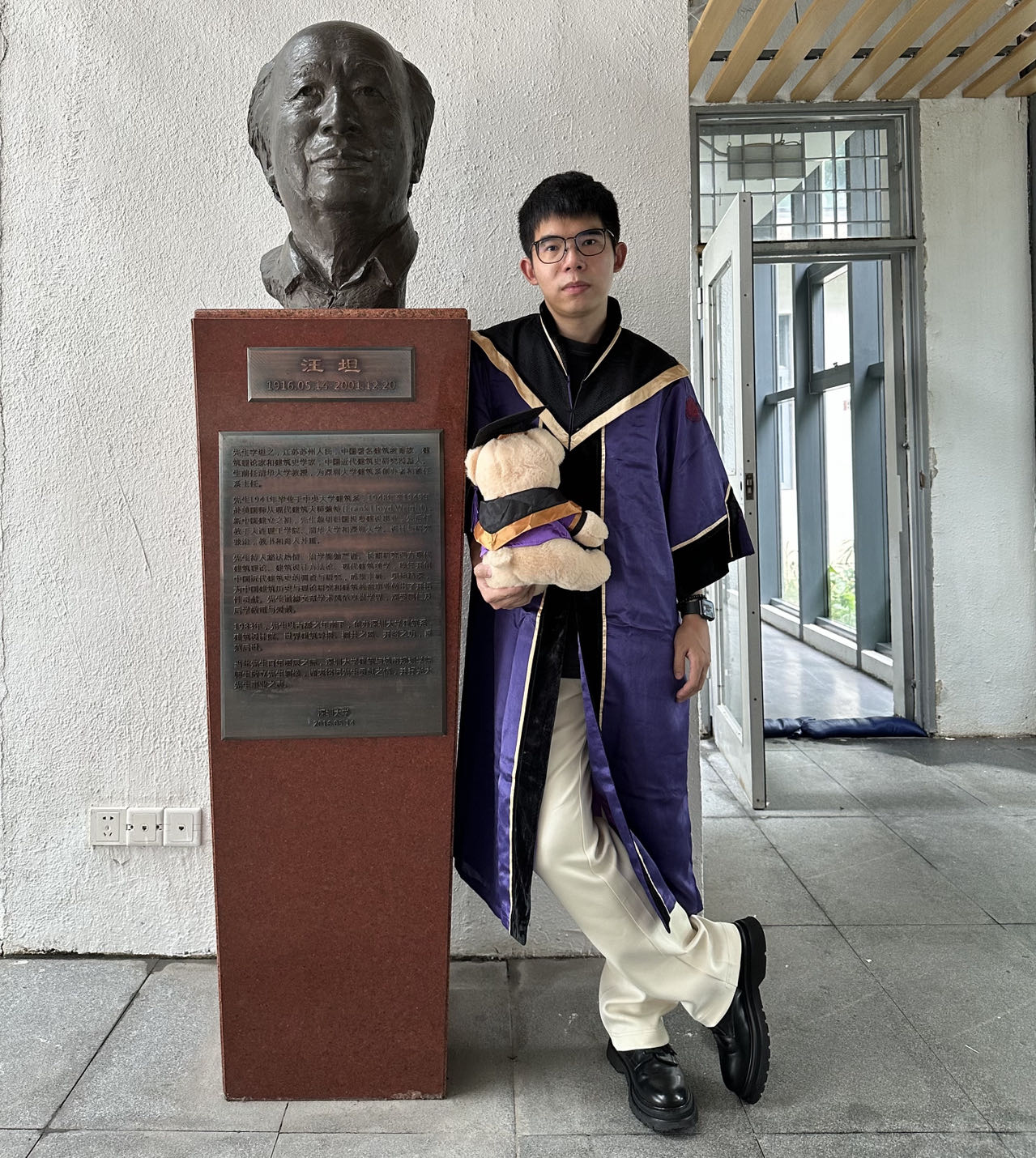[Co-author] Perceived distance to greenery affects psychological restoration
Published in Environment and Planning B: Urban Analytics and City Science, 2025
Recommended citation: Ma, H., Zhang, Y., Cui, Q., Kwan, M.-P., Cai, J., 2025. Perceived distance to greenery affects psychological restoration. Environment and Planning B: Urban Analytics and City Science 23998083251362610. https://doi.org/10.1177/23998083251362610
Abstract: The benefits of interacting with greenery are numerous, yet the extent to which perceived distance to greenery influences positive psychological reactions has been overlooked in past studies. In this study, we propose a framework for investigating the impact of perceived distance to greenery on psychological restoration utilizing street view images (SVIs), machine learning, Causal Forest, and SHapley Additive exPlanations (SHAP). We initially scored 1003 SVIs using the Perceived Restorativeness Scale-11 (PRS-11) to create a dataset for ML. Subsequently, we employed an enhanced Dense Prediction Transformer (DPT) model to estimate the human-perceived greenery distance. The processed data were then used to train and evaluate five machine learning models. The model that performed best was used to conduct a Causal Forest and a SHAP analysis to infer the causal and non-linear relationship between greenery distance and psychological restoration. The results show that (1) the DPT model precisely captures the human-perceived greenery distance, showing strong concordance with physical measurements with overall accuracy >75%; (2) there is a significant positive causal relationship between perceived greenery distance and psychological restoration, with an average treatment effect (ATE) of 0.102 (p < 0.001) for trees and 0.088 (p < 0.001) for grass; and (3) the layered restorative experience created by tree-grass-complementarity enhances psychological restoration, where this synergistic effect?trees at distances less than 1.5 m and grass at more than 1 m providing vertical and horizontal green supplementation, respectively?significantly contributes to psychological restoration. Our research examines the impact of perceived greenery distance on psychological restoration, filling gaps in past theory. Furthermore, this study guides the improvement of living environments and promotes the health and well-being of residents.
Keywords: Psychological restoration; Urban greenery; Greenery distance; XGBoost; Causal Forest; Street view images
